 By Neenah Payne
By Neenah Payne
My First Indoor Gardening Steps explains that I started growing food in 2015 with an AeroGarden and some sprouts which I documented in my Urban Gardens Revolution site. Early this year, I got five Edible Garden herbs from my grocery store: Basil, Parsley, Mint, Rosemary, and Sage which I grow in my dining room where they get full sun only for about 90 minutes in the afternoon this time of year.
In May, I joined the Myrtle Village Green (MVG) Community Garden which is about a 15-minute walk from my apartment in Brooklyn, NY — across the street from my Post Office.
“Myrtle Village Green is the only community garden, outdoor learning space, and secular gathering place of its kind in this part of Bed-Stuy. We feed the neighborhood with 1.3 tons of affordable, nutrient-dense food per season, and more than 50 varieties of fruits and vegetables from around the world. Our compost volunteers have diverted more than 36,000 pounds of food waste and trained dozens of community members about how to compost at home.”
When I got my garden key in May, I met Elba Cornier, one of the founders who taught at an elementary school in the area. Until “COVID” hit, she had a plot for kids to learn to garden. It would be a very good idea for all schools from Pre-K through grad school to have students learn how to grow food. That ability is a key to personal and national security. Food Is A Double National Security Issue shows that 40% of Americans waiting in food lines for as long as 12 hours had never been food insecure before 2020.
For a city person like me, the learning curve on how to grow food requires a complete re-education.
I attended my first Community Garden meeting on June 13 and my second on November 6. Since the waiting list for plots is long, I may not get one even next year. That’s OK because I would not know what to plant or how to do it yet. I still have a lot to learn!
MVG Community Garden in Spring
Some of the food in the garden is grown in trays. Others are grown in the ground.
Lots of foods are gown in raised beds.
Garden Helped At Food Pantry in July
My neighborhood in Brooklyn, NY has an extensive program to help reduce food insecurity. Alejandra Remijio, Event Coordinator at the Myrtle Village Green community garden, was contacted by Chad Purky, BID (Business Improvement District) Executive Director of Myrtle Avenue Revitalization Project (MARP) to request volunteers to help package foods at the food pantry in the Brooklyn Navy Yard.
The MARP site says:
“Through programs like the Fort Greene & Farragut Fresh Pantry, our Healthy Communities Initiatives connect local residents with healthy, affordable food and active living programs in Fort Greene and Clinton Hill. Our Healthy Communities Initiative engages community members in improving access to healthy, affordable food in Fort Greene and Clinton Hill; supporting residents as they grow their own food; increasing community nutrition education & physical fitness opportunities; cultivating leaders of all ages; and documenting the food & health needs and desires of our community, especially for those with low incomes and seniors.
The Fort Greene & Clinton Hill Fresh Pantries, operated in collaboration with One Community and the Clinton Hill Fort Greene Mutual Aid (CHFGMA), provides over 10,000 pounds of FREE fresh produce and perishable items each month to residents of Atlantic Terminal, Farragut, Ingersoll, and Whitman Houses every Saturday. We are thankful for receiving food to distribute from City Harvest. We are proud to partner with the Atlantic Terminal, Farragut, Whitman and Ingersoll Residents Associations on this initiative.”
Alejandra recruited four of us to assist twice at the pantry for a few hours. The operation is run by Ryan Greenlaw, the MARP Director of the Social Impact Partnerships Program. He helps manage the program’s food access, youth employment, and senior living programing for residents of the Fort Greene and Clinton Hill neighborhoods. Ryan previously served at Lyft as an equity and community engagement specialist connecting NYCHA residents and SNAP recipients to bikeshare.
Ryan seamlessly incorporated the five of us into his multi-faceted very smoothly-running operation. Two of us worked at tables helping to package the foods that would be delivered to neighborhoods and two of us helped break down the boxes the foods came in. Alejandra helped with both. As the foods were bagged, they were put in huge carts. Ryan said that a record number of 1,600 bags were packaged that day. Each recipient gets two bags. The produce was packaged in clear bags and green bags.
Visit To Brooklyn Grange
Since the Food Pantry is in the same building as Brooklyn Grange, we stopped by for a visit. Brooklyn Grange is the largest roof-top farm in the world. The 2016 book The Farm on the Roof: What Brooklyn Grange Taught Us About Entrepreneurship, Community, and Growing a Sustainable Business tells the story of its founding and operation. Ben Flanner is the Director of Agriculture, CEO, and co-founder.
Jacob Javits Center’s New Green Roof
Brooklyn Grange: World’s Largest Rooftop Farm shows that Brooklyn Grange announced this summer its role in installing and maintaining the new Green Roof at The Jacob Javits Center which will provide 42,000 pounds of food each year!
“You may have heard the news that we recently commenced operations of The Farm at Javits, a one-acre farm, four-season greenhouse, and 10,000 square foot orchard – all on the roof of the newly-expanded convention center on Manhattan’s West Side. It’s hard to know where to begin sharing the noteworthy features of this farm! We could gush about the 344,000 gallon underground cistern that will allow us to capture and recycle rainwater, mitigating combined sewage overflow and reducing our irrigation use. We could talk till we’re blue in the face about the crop plan we designed collaboratively with Javits’ catering team, CULTIVATED.”
MVG Garden’s Communal Fall Work Day
November 6 was a Work Day when everyone was invited to come help prepare the garden for winter. Two truckloads of leaves were dropped at the front of the garden. Several of us worked to transport and spread the leaves throughout the garden. It was a lot of work but the collaboration made it easy. Fortunately, it was a really beautiful day.
The morning was almost like a summer day and many people collaborated to transport the leaves to the raised beds and to spread them in the rows between the beds.
Elba invited me to work with the Bengalis in the spring to grow vegetables on a 2-row communal plot to provide food for the community. Moreom (Laboni) Perven translates at garden meetings for Bengalis who do not speak English. The Bengalis were out in full force and transformed their communal plot. Nokib Ahmed, who runs the Pantry Project I will join in April, lifted this huge bale of hay to put on the Bengali plot.
Elba explained that spreading the leaves in the raised beds protects the soil during the winter. As they decompose, they also create new soil for plants to grow in next spring.
Alejandra (on left below) invited me to join the Flower Beds where I will also be able to grow vegetables for myself in the spring. This is huge opportunity to learn more and a big step toward my being able to handle my own plot! Alejandra dug up the huge garlic bulbs shown on the right below.
Rachel Cole (on left below) interviewed me and others for her oral history project on Global Warming. I refer to this shift as Climate Change because of evidence the planet is cooling during the Grand Solar Minimum. The Ice Age Farmer provides lots of documentation on this shift. Khristal and Kevin provided hot and cold cider. Laboni (below) and other Bengalis brought a chickpea meal for everyone!
My Garden Articles
My Gardening Articles are listed on my Urban Gardens Revolution site under Extras.
The articles were published on the Natural Blaze site which carries articles by a wide variety of authors including Curtis Stone, The Urban Farmer, who warns about coming food shortages and provides tips on how to grow lots of food on small plots. See his book The Urban Farmer.
Research contributions from Elba Cornier
Neenah Payne writes for Activist Post and Natural Blaze
Become a Patron!
Or support us at SubscribeStar
Donate cryptocurrency HERE
Subscribe to Activist Post for truth, peace, and freedom news. Follow us on Telegram, HIVE, Flote, Minds, MeWe, Twitter, Gab and What Really Happened.
Provide, Protect and Profit from what’s coming! Get a free issue of Counter Markets today.


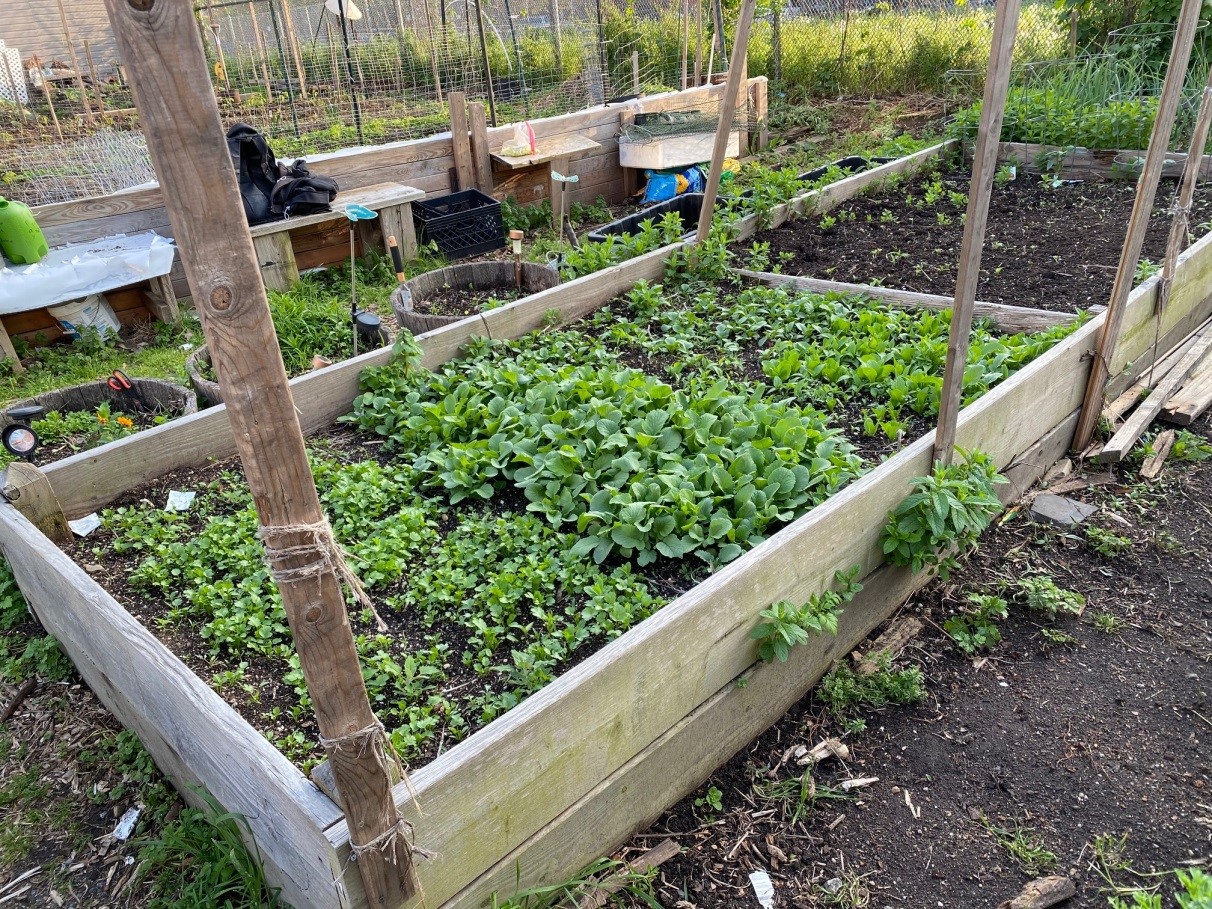


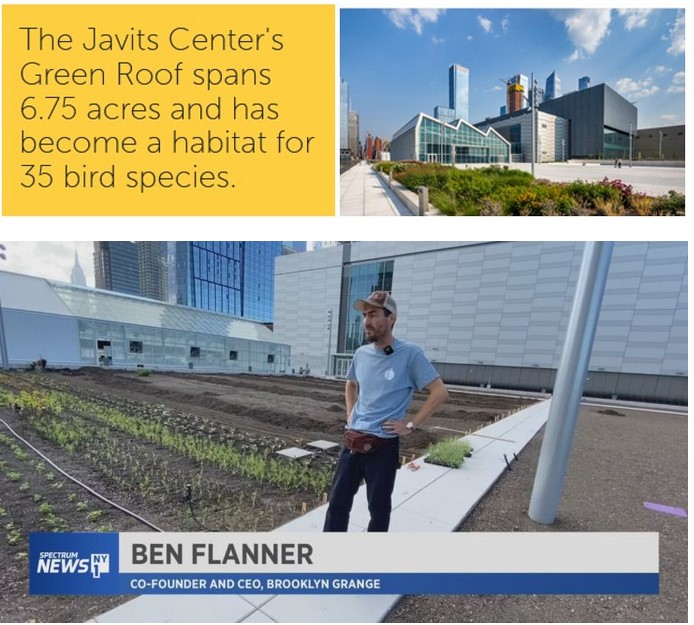
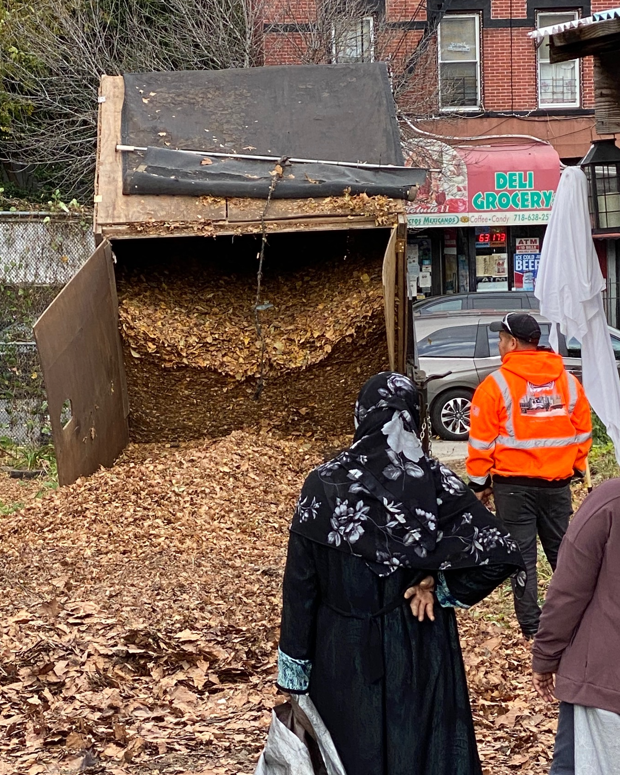
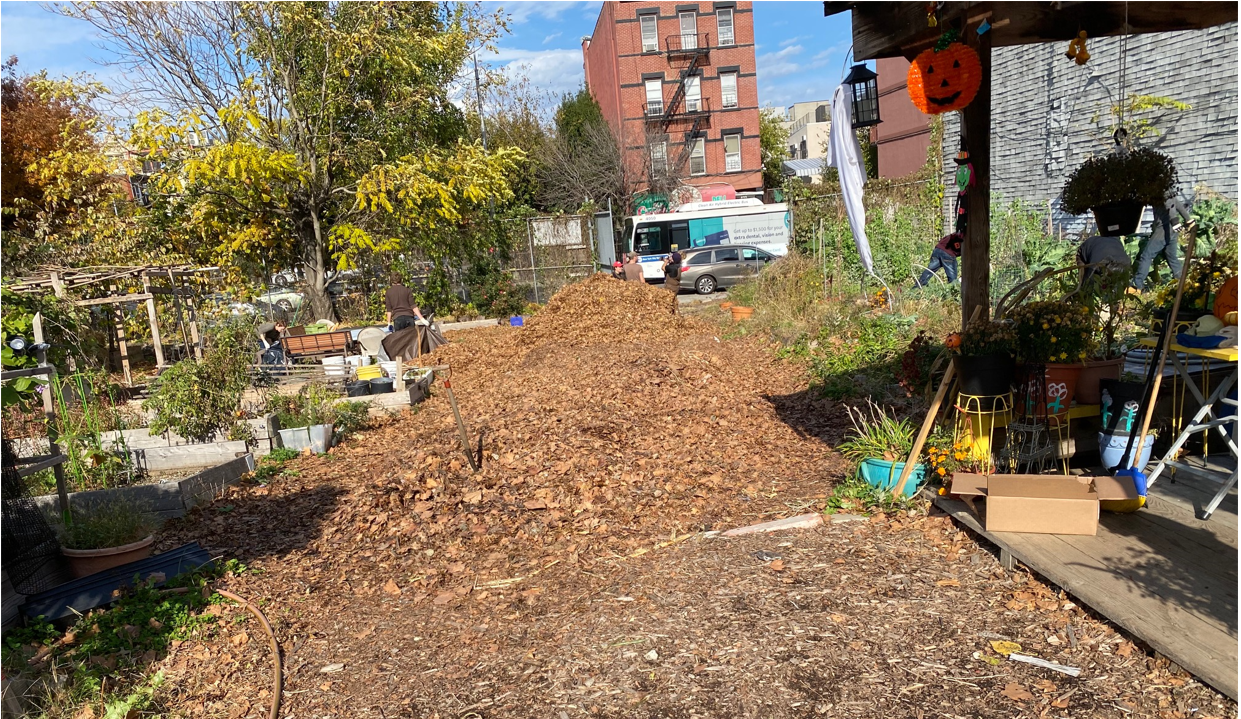

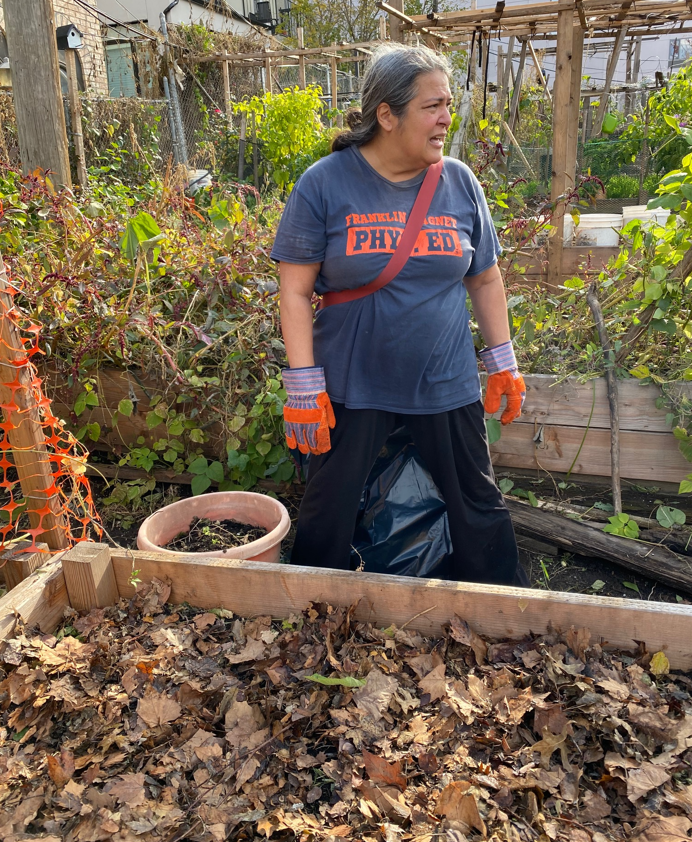
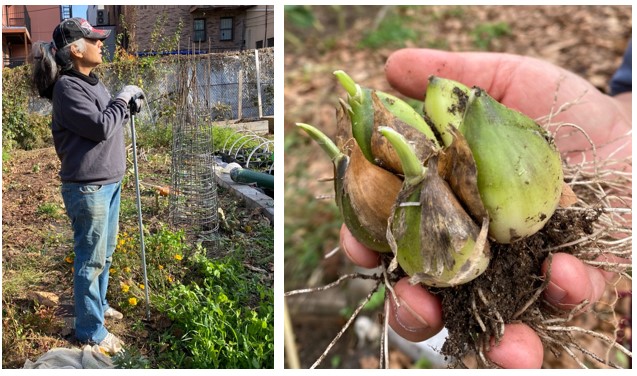
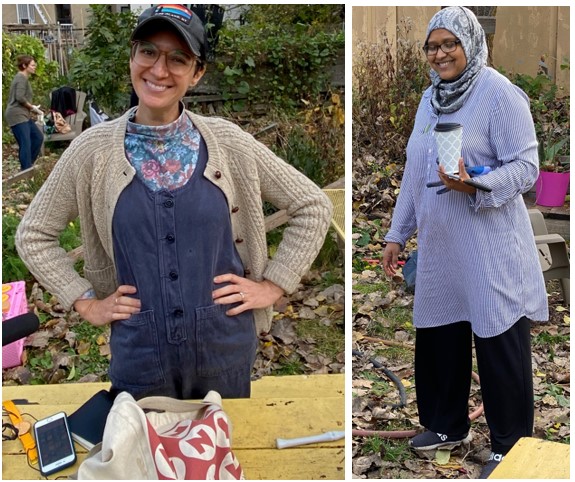

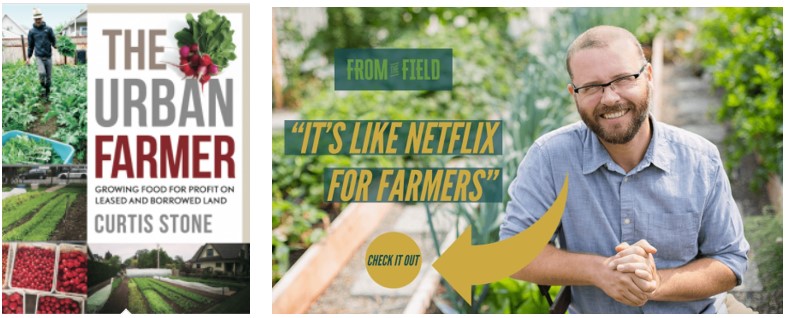
Be the first to comment on "Preparing A Community Garden For Winter"